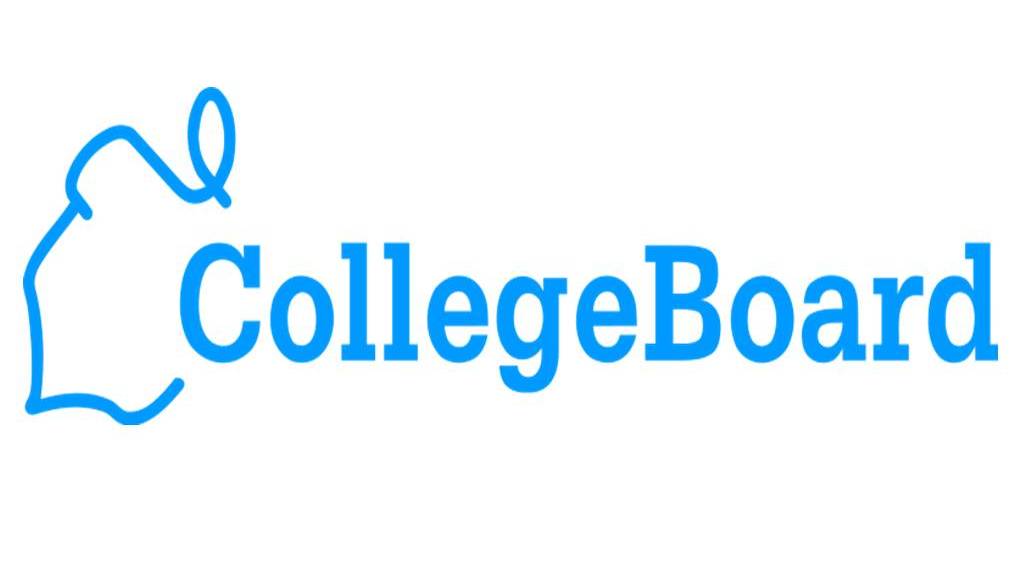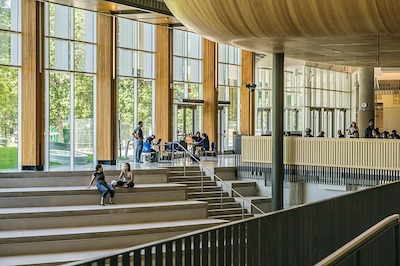There was a time when the self-confident undergraduate took a semester or two abroad to taste an unfamiliar culture and dip a toe into the waters of higher education on a foreign shore. Today, tasting is timid stuff.
While graduate programs have long attracted international students, undergraduates are seizing upon the vast opportunities to enroll in foreign colleges for a complete bachelor’s degree. The number of options to do so is growing by the year. The online platform StudyPortals reports an estimated 5,670 English-language degrees in non-Anglophone countries. In Europe alone, 300 colleges and universities offer more than 1,500 English-taught bachelor’s degrees, according to Beyond the States, an international college adviser.
The benefits of a thoroughly international education in the age of globalization are conspicuous. But the game-changer is that college abroad can save parents tens of thousands of dollars. In many countries, including Turkey, Thailand, Brazil, Iceland and some in continental Europe, college is either free or virtually so, with tuition less than a couple thousand dollars. Many other universities offer a bachelor’s degree for under $7,000 a year.
Icing on the cake: It’s possible to obtain financial aid, both need- and merit-based, from universities outside the United States, as well as government aid from home. (The Department of Education website lists nearly 900 foreign colleges and universities where Americans can use federal financial aid.)
A bachelor’s abroad isn’t for everybody. Students must be prepared to immerse themselves in the customs of an unfamiliar habitat far from home. It’s an endeavor for the intensely curious and resourceful, those who can adapt to systems that do grading, testing and instruction quite differently. Forget intercollegiate sports, frats and clubs. Even partying is not the same — less binge drinking, for example — and campus life, when there is any, isn’t as cozy. But the rewards are great, say graduates and educators, and recognized by employers seeking go-getters.
Giovanni Hashimoto, a 23-year-old out of Washington, D.C., transferred to the University of Milan after two years at Pacific Union College in California. Though it took some digging online and follow-up emails, Mr. Hashimoto, who speaks no Italian, found what he wanted in the university’s English-language political science and economics program. With tuition at $4,000, he calculates he saves $20,000 a year studying in Italy.
But, more critically, acquaintances in Washington’s world of public policy and politics, where he wants to eventually work, told him that a foreign degree “connotes a willingness to try things outside one’s comfort zone” and would work in his favor.
Read about college options abroad in the UK, Ireland, Continental Europe, Australia, and Singapore here.

